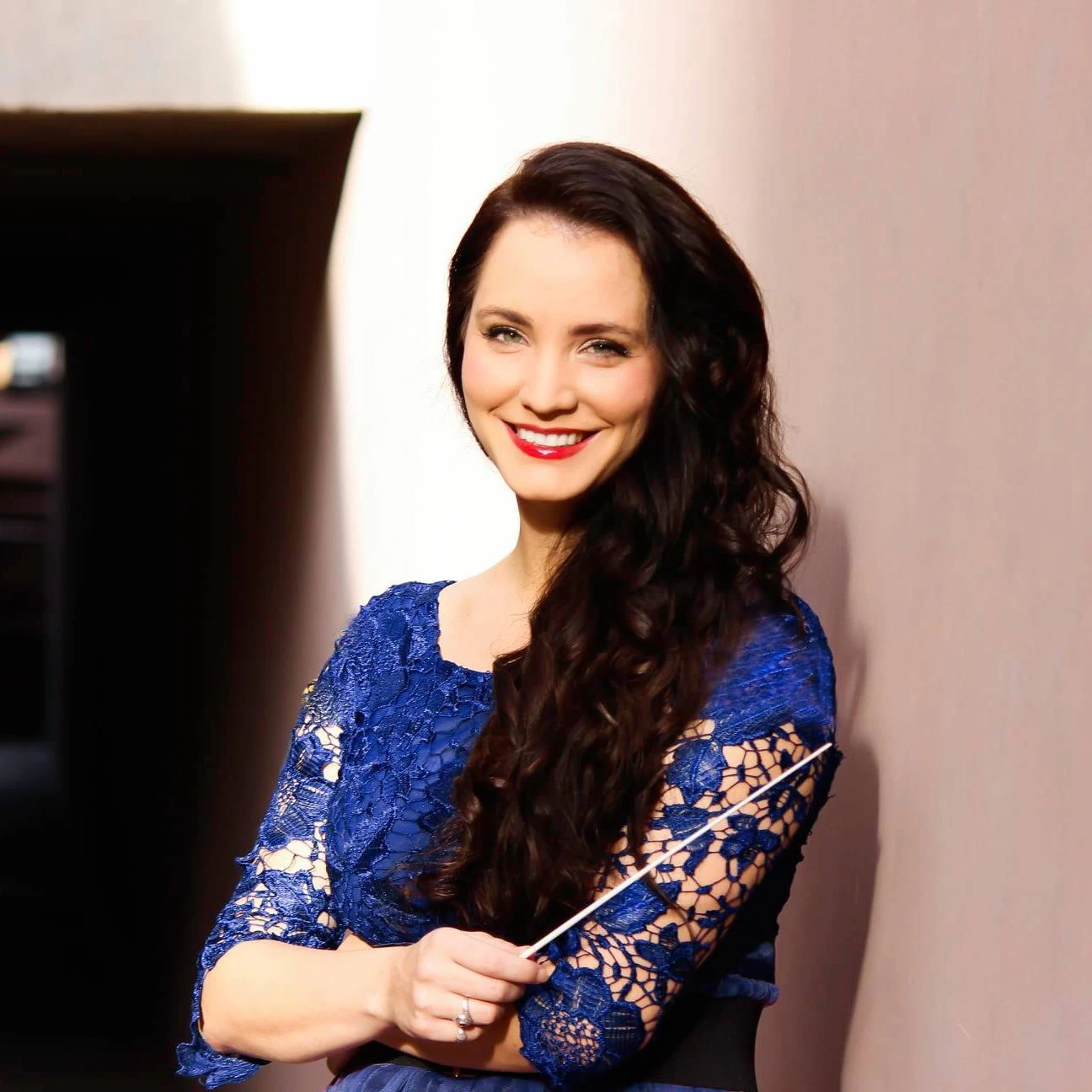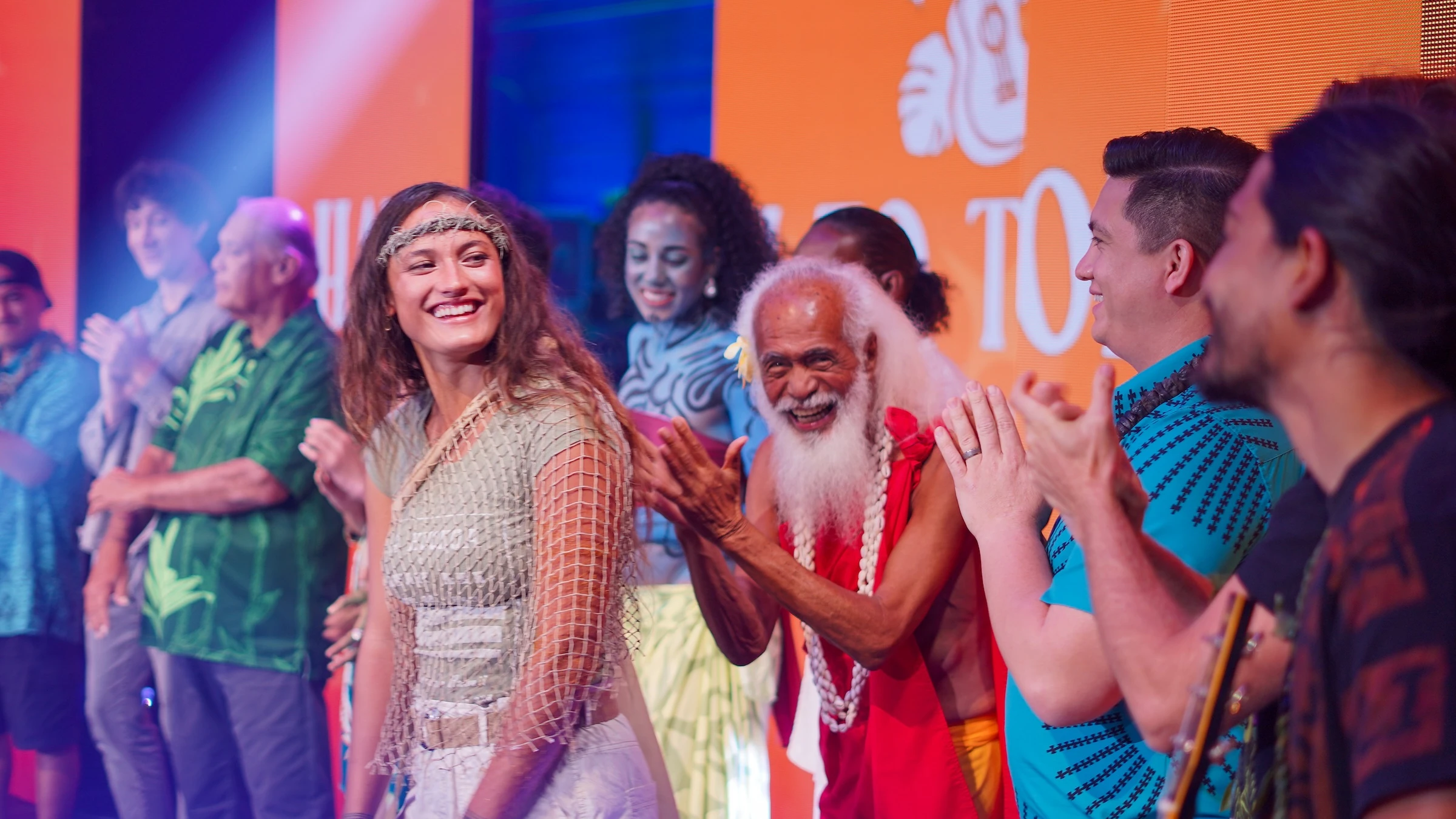When Brigham Young University – Hawaiʻi’s Hoʻolōkahi Chamber Choir takes the stage at Carnegie Hall on May 11, they’ll be singing in eight languages to remember the people who died in disasters in six countries around the world. The last movement focuses on the devastating wildfires that destroyed most of Lahaina.
This will be the world premiere of the 25-minute piece, called “Worldwide Requiem,” which includes seven movements and spotlights Ukraine, Tonga, the Philippines, Palestine, Japan and Maui.
The group is being directed by Erica Glenn, director of choral activities and assistant professor of music at BYU - Hawaiʻi. The project started when she was asked to guest conduct a concert at Carnegie Hall and wrote this requiem so she could bring some of her students with her.

More than 100 singers will perform the piece, including 54 members of BYU - Hawai’is Hoʻolōkahi Chamber Choir, as well as other groups that are “kind of comprised of people that I conducted in other facets of my life,” she said. One performer, for instance, was part of the Arizona State University women’s chorus, which Glenn used to conduct. Others were her students at the American International School of Utah, where she was a K-12 choir teacher for three years.
Members of the Oʻahu Choral Society, Windward Choral Society, Hawaiʻi Opera Theatre, Timpanogos Singers, and Voices of ʻOhana will also join in the performance. Together, they will sing about hope on one of the most prestigious stages in the world.
"I think that's the thing that everybody kind of latches on to is the idea that we're performing at Carnegie Hall,” Glenn told Aloha State Daily. “That is just such an honor for us and so exciting for these students, many of whom have never had an experience like this before. For a univeristy choir from Hawaiʻi to be recognized in this way is really wonderful. But I think even more than that, what I'm excited about is taking a piece of Hawaiʻi — and what we represent — to the New York stage and introducing that to a worldwide audience.”
Peter Tiboris, the founder of MidAmerica Productions, offered Glenn a spot as a guest conductor at its series, hosted at Carnegie Hall, about two years ago. Tiboris, who has since passed away, offered the position after working with her students at a performance of Wolfgang Amadeus Mozart’s “Requiem in D minor, K. 626” with the Hawai’i Symphony Orchestra.
"When they first reached out to me and offered me a spot as a guest conductor, my very first thought was: can I bring my amazing multicultural choir with me?” she said. “Because we have students from all over the world — especially areas of the Pacific and Asia — but really everywhere. Then I thought: ‘I wonder if they would commission me to write a brand new piece that really represents these students so it's not just the students performing a choral master work, it's the students performing something that really represents who they are and where they come from and that still offers a nod to the traditional form of a requiem, which traditionally is a mass for the dead.’"
To write the piece, she met with students in her choir from each of the spotlighted regions, many of whom shared first-hand encounters with the disasters. For example, in the movement about the Philippines, there is a minute-and-a-half long solo where a soprano sings, which uses “the exact words that my student gave me,” Glenn said.
Her student, Mitzi Diaz-Chou, described huddling under a desk at school as windows blew out. Some of her friends passed away. Others were buried in the rubble. Through the disaster, music was “a source of solidarity and hopefulness in the aftermath,” Glenn said. Diaz-Chou referenced music that was important at that time, including traditional Filipino songs and Michael Jackson’s “Heal the World.” Glenn weaved parts of those melodies into that movement.
“For me, it's — of course — really exciting just that we'll be on the Carnegie Hall stage and able to perform in such a storied venue,” Glenn said. “But even more than that, I'm just really excited for the New York community to meet our choir — to get a sense of who we are and what we represent — and then to come away with this message of hope that the requiem delivers, which is: despite all of the tragedies, when we come together as a human family and when we make art together, we can heal each other's wounds.”
The moment will be made extra special by the fact that the choir won’t be donning the traditional dresses and tuxedos usually associated with performances. Instead, they will wear formal outfits from around the world which represent their families’ heritage, she said.
The final movement will spotlight the Lahaina wildfires of 2023, which killed more than 100 people. It weaves together themes from the other movements in this “beautiful tapestry of hopefulness,” Glenn said.
One of her students, Moanahiwalani Walker, who is Native Hawaiian and dances hula, proposed leaving a lei on stage to honor the people who died in each of the regions honored in the piece.
“She's going to be dancing during the Lahaina movement at the end,” Glenn said.
At the end, Walker will put on each of the lei “as a symbol of unity and healing, and she'll dance hula as she does that,” she said.
“Just watching the students take ownership and in very authentic ways use their background and their culture to elevate the piece has been really rewarding,” Glenn said.
Katie Helland can be reached at katie@alohastatedaily.com.





